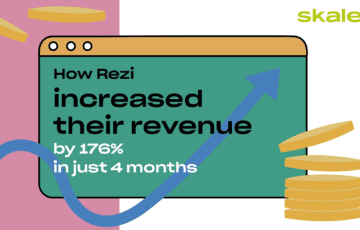
How Rezi Increased Their Revenue by 176% in Just Four Months
See how Rezi increased their revenue by 176% and decreased their Churn rate with Skale's help in just four months.
In 12 months, Foyr was able to turn one of their lowest-performing lead generation channels into their top-performing channel using Skale’s SEO expertise.
The Interior Design software space is a highly competitive market with notorious players such as Sketchup, Roomsketcher, Homestyler, and Planner5D ruling rankings.
Foyr’s primary goal was to double its free trials quarter on quarter, coming from various organic sources, mostly their blog.
Also, being an Indian company, one of the other goals that we had was to get Foyr into the US market, where the biggest demand actually is in their industry.
Paid search would typically represent the main source of their monthly traffic acquisition, hovering around 50%, while organic traffic only made up 20%. This was a great opportunity for Skale, an SEO and SaaS link building agency, to reverse the trend and turn Foyr’s organic channel into their biggest contributor and improve 3:1 LTV:CAC restraints.
The strategy the team used to scale Foyr’s organic SEO channel went like this:
First, the Skale team made both a qualitative and quantitative analysis of Foyr’s market in order to identify common converting patterns across its direct competition, as well as the different customer segments present in their market. It enabled us to develop a tailor-made SEO strategy for its future users.
Second, we built a solid model to identify the correct search intent to target across all of their pages, so that we would attract qualified leads (potential customers in the future) for each of them. We then computed an estimation of how many potential free trials this would translate into for Foyr on a monthly basis.
Third, we developed a well-rounded content plan based on thorough keyword research and an ICE prioritisation framework looking at different topics and their relative effort vs. reward. This plan enabled us to fill the content gaps required to get to the qualified leads opportunities previously identified, in the shortest amount of time possible.
Fourth, we placed our bets on several high and medium intent keywords to create a set of blog articles—software pages and competitor pages. Plus, some blog articles, responding to the needs of the interior design market. We also rewrote a lot of Foyr’s old content to raise its quality and chance of ranking for relevant keywords.
This method allowed Skale and Foyr to achieve results faster and scale their growth strategy exponentially.
Fifth, we secured more than a hundred high-quality, and topically relevant links to key software pages through bespoke outreach.
During the course of 12 months, non-branded organic traffic increased by 15.5x.
We helped Foyr increase their organic product free trial conversions by 17.8x globally, and facilitated their entry on the US market, in which Foyr grew their free trial conversions by 22x.
As a result, Foyr confirmed SEO as their key customer acquisition channel, accounting today for more than 75% of their total traffic acquisition.

How Rezi Increased Their Revenue by 176% in Just Four Months
See how Rezi increased their revenue by 176% and decreased their Churn rate with Skale's help in just four months.
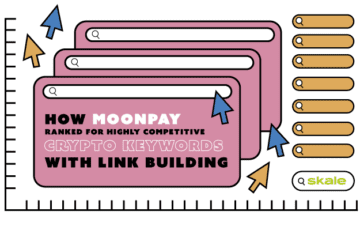
How Moonpay Ranked For Highly Competitive Crypto Keywords With Link Building
See how Moonpay started ranking for some of the most competitive crypto keywords by upping their link building efforts with Skale.
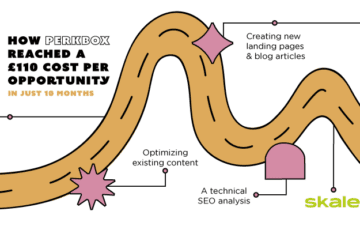
How Perkbox Reached a £110 Cost Per Opp in just 10 Months
Take a look at the step-by-step SEO strategy Perkbox implemented with Skale to win a 102% increase in MQLs.
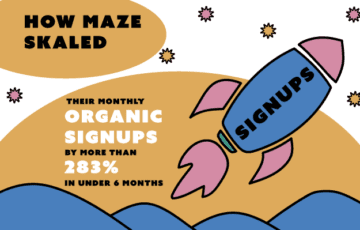
How Maze Skaled Their Monthly Organic Signups by More Than 283% in Under 6 Months
Maze managed to rely on SEO tactics to scale their organic product signups by close to 300% in less than six months. Take at how they did it.
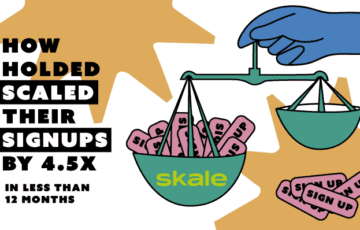
How Holded scaled their signups by 4.5x in less than 12 months
Holded managed to 4.5x their signups in under 12 months, by upping their SEO game. Take a look at what Skale implemented with their team.
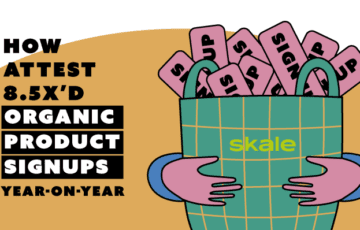
How Attest 8.5x’d Organic Product Signups Year-on-Year
Learn how Attest 8.5x’d organic product signups year-on-year using SEO as the backbone to their MRR success.
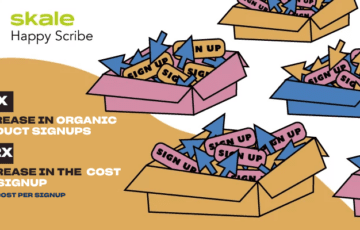
How Skale Helped Happy Scribe reach 70,000 organic signups with revenue-driven link building
Learn how Happy Scribe is revolutionizing the outdated transcription industry through an innovative SaaS solution, fuelled by SEO.
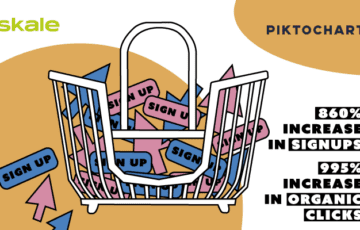
How Piktochart beat unicorn Canva and 10x’d signups in 3 months
Piktochart is in the competitive graphic design SaaS niche with fierce competitions from giants such as Canva and Venngage.
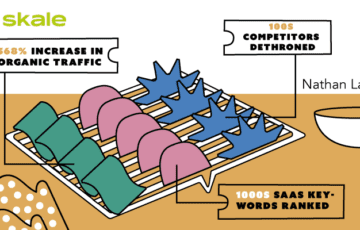
How we helped SaaS king Nathan Latka dethrone top brands
Nathan Latka wanted to find a way to not only attract a SaaS audience to his website, but also compete against company insights databases.
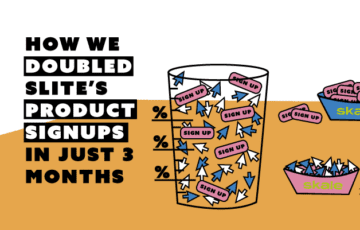
How we doubled Slite’s product signups in just 3 months
The online collaboration space is competitive with players such as Notion, Coda, and Slab battling to be category leader.